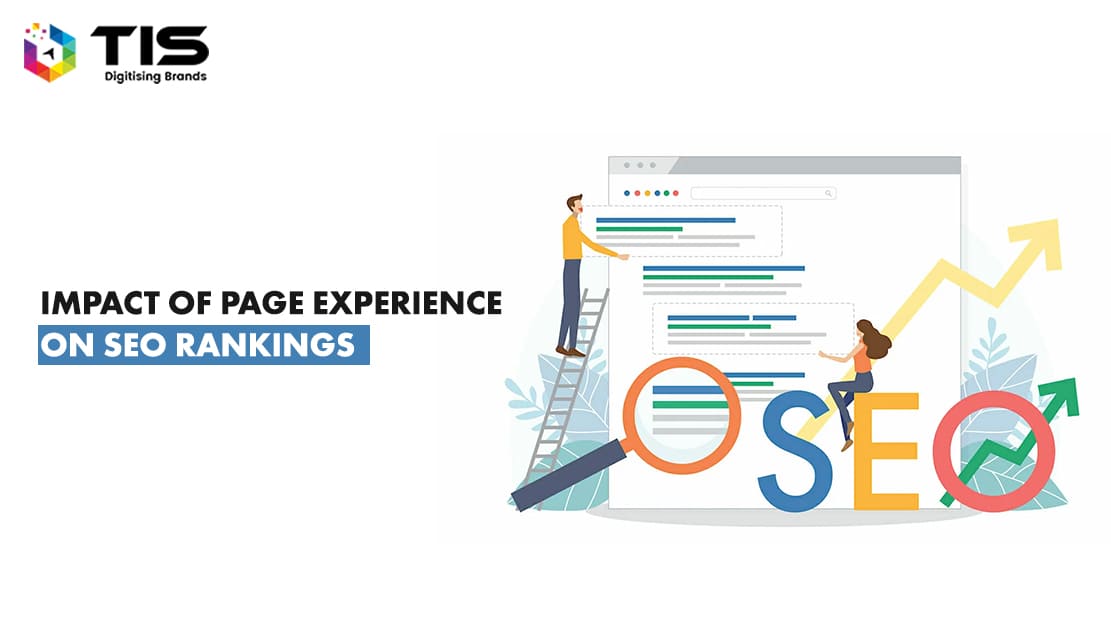
As we are now in 2023, you need to prepare for your website’s new search engine ranking strategy.
Google, the search giant, has recently declared a new ranking algorithm that can judge web pages based on how users judge their experience when interacting with a web page.
The search giant has created a new set of metrics called Core Web Values that measures Google user experience with web pages. If the metrics find that users have a poor experience, Google may not rank those pages as highly as it does now.
The algorithm update is called the Google Page Experience, which has gone live in March 2023.
Google has briefly stated the metrics that dictate the page experience criteria. The essence is to understand how a user will perceive his experience with a particular web page. The consideration factors are: does the page load quickly? Is it mobile-friendly? If intrusive ads are present on the page? Whether it runs on HTTPS? And whether content jumps around during page loading.
You can also regard the page experience as composed of some of the existing Google ranking factors, such as the mobile-friendly update, Page Speed Update, the HTTPS ranking boost, intrusive interstitials, and safe browsing penalties.
These are refinements around usability and speed. And Google calls these refinements Core Web Vitals.
Core Web Vitals comprise user-centric metrics that assign scores on different aspects of web pages, like load time, interactivity, and content stability during load time.
Although good user experience comprises many aspects, Google has chosen three essential elements that every website must have:
Loading Experience: With the metric “Largest Contentful Paint” (LCP), Google measures the user’s perceived load speed. LCP indicates the specific point at which the entire main content of the page is loaded.
Interactivity: The metric “First Input Delay” (FID) measures users’ flexibility in interacting with the page. FID measures the degree of responsiveness of the page. It is one of the most calculable measures of how the user feels while performing actions on the page and navigating.
Visual Stability: “Cumulative Layout Shift” (CLS) is a metric that Google uses to measure the page layout’s Stability. And that means by what amount the layout changes unexpectedly for the user.
Great content will continue to rule Google’s website rating. The search giant has said that web pages with great content will rank high in Google search even if the page experience lacks.
In the context of a website’s ranking in Google, the search giant said it would rank pages with great and relevant content higher even if some aspects of the page experience are below par.
Although you no longer need AMP for inclusion in the Top Stories section in the mobile Google search results, you can include it in the Google mobile search results if you have AMP pages.
You need to know that your AMP pages will compete with other pages for the Top Stories section in Google. And the majority of AMP pages result in a good page experience. However, there is no guarantee that all AMP pages will entail a good page experience, but it will prove the effectiveness.
If you consider what Google says, then quality and relevant content remain the mainstay of future SEO trends.
Google said that it prioritizes pages with the best overall content even if some aspects of page experience are below par. As such, you can regard high-quality, and relevant content as more important than page experience.
But what does it mean to you? It means the page experience metrics will play a decisive role in ranking your pages. Say, your page and that of your competitor have similar content quality, but your page has better page experience metrics, then your page will appear high in Google search results.
The workflow for page experience optimization, according to Google is stated below:-
Google also dictates the page experience best practices, which are as follows:
Conclusion
It is needless to say that if you fail to make your website appear higher in search engine results, then you might eventually be out of business. As such, it makes sense for you to keep updated with the latest SEO trends and prepare for the implementation of Google’s latest algorithms.
Google has declared that with this new Google update, there will be no drastic changes in the website ranking pages. This update is designed to feature the websites and pages which offer great user experiences. Hence, due to this update, there will be no severe changes in the website rankings, so you must focus on improving your website for the best user-friendly experience.